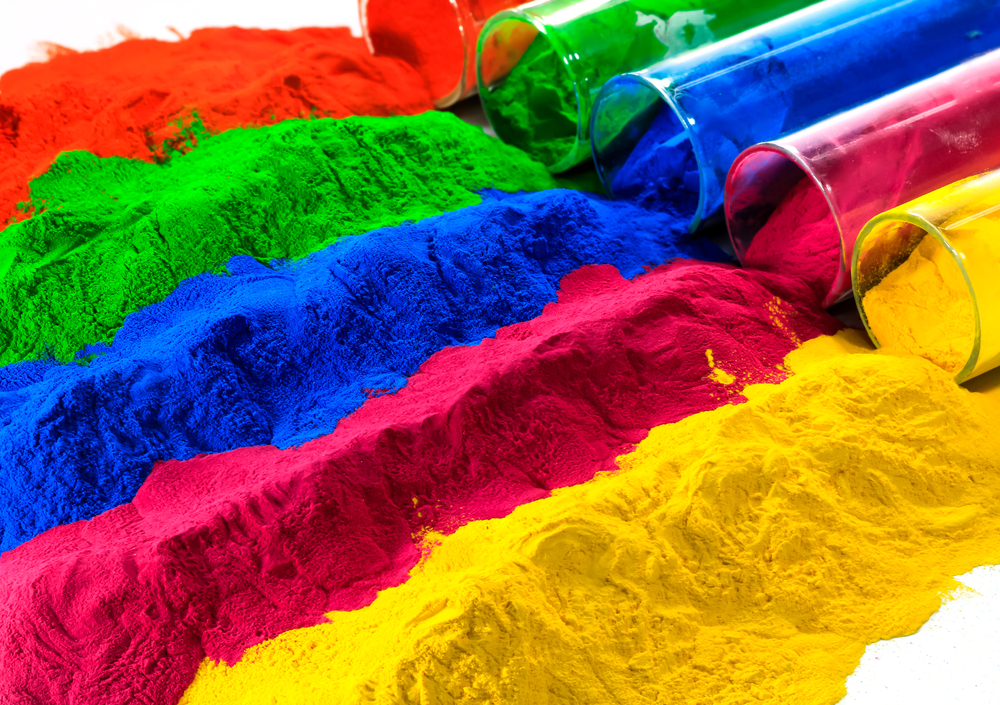POWDER COATING
What is Powder Coating?
Since its introduction in the 1960s, powder coating has gained immense popularity as a dry finishing process. It now constitutes more than 15% of the overall industrial finishing market and finds application on a diverse range of products. Increasingly, businesses are opting for powder coatings to achieve a durable, high-quality finish that enhances production, streamlines processes, and ensures environmental compliance. These coatings serve both functional (protective) and decorative purposes, offering an extensive selection of colors and textures. Remarkable technological progress has further enhanced the performance characteristics of powder coatings.

How Powder Coating Works
Powder coatings consist of polymer resin, combined with curatives, pigments, leveling agents, flow modifiers, and other additives. These ingredients are blended, cooled, and ground into a fine, uniform powder resembling baking flour. To apply the powder coating onto a metal surface, an electrostatic spray deposition (ESD) process is typically employed. In this method, a spray gun imparts an electrostatic charge to the powder particles, causing them to be attracted to the grounded metal part. Once the powder coating is applied, the parts are placed in a curing oven where the addition of heat triggers a chemical reaction within the coating, resulting in the formation of long molecular chains and a high cross-link density. These molecular chains are exceptionally resistant to damage, making this application method the most commonly used for powders.
The Durability of Powder Coating
Powder coating is a superior coating that adorns countless items you encounter daily. It safeguards both rugged machinery and essential household objects you rely on. Unlike liquid paints, it delivers a more robust finish while maintaining its aesthetic appeal. Powder coated products exhibit heightened resistance against impact, moisture, chemicals, ultraviolet light, and severe weather conditions. Consequently, this diminishes the likelihood of scratches, chipping, abrasions, corrosion, fading, and other forms of wear.
This coating is resilient, visually pleasing, and possesses an extended lifespan. Furthermore, powder coating presents environmental benefits, making it an appealing choice.

Benefits of Powder Coating
There are several benefits to powder coating including but not limited to…
Provides protection against corrosion, scratches, chipping, and fading
Achieves a consistent color finish across the metal
Powder coatings can produce much thicker coatings than conventional liquid coatings without running or sagging
One of the most economical, longest lasting, and most color-durable quality finishes available on virtually any type of metal




